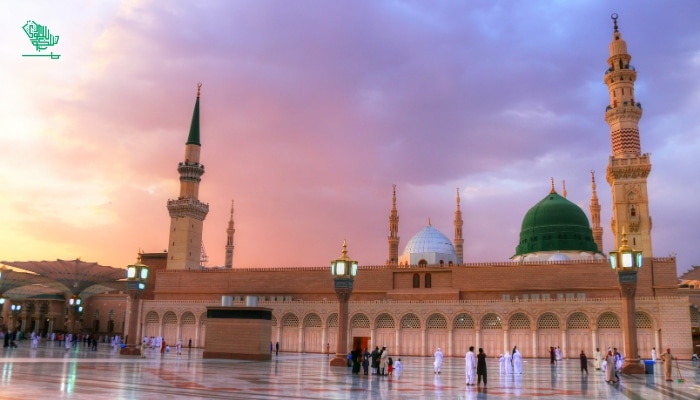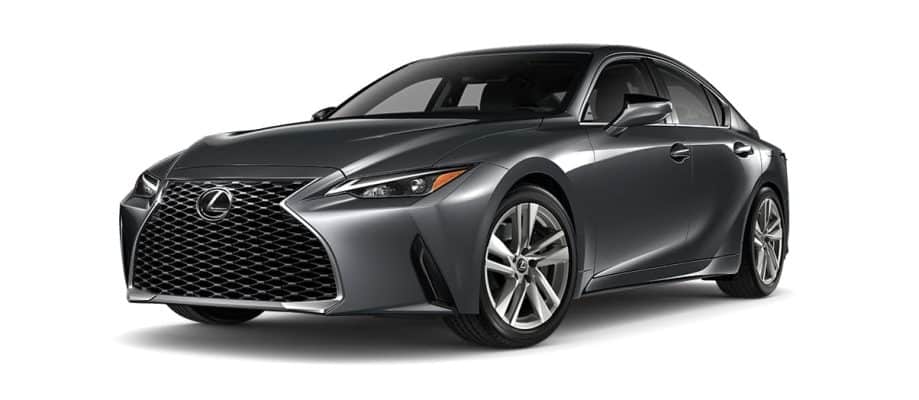Quick Facts
- Location: Masjid-e-Nabawi, Madinah, Saudi Arabia
- Most visited spots: Rawdah, Roda e Rasool, Mimber, Bab-us-Salam
- Rawdah carpet color: Green (rest of mosque: red)
- Women’s Rawdah slots: 8:00 AM, 2:00 PM, and after Isha until 1:00 AM
- Number of minarets: 10
- Number of gates: 42
- Sliding domes: 27
- Rawdah entry: Nusuk app booking required
Masjid-e-Nabawi is large, and first-time visitors may find it challenging to orient themselves. These markers help:
- Green Dome: Landmark for locating Roda e Rasool
- Bab-e-Jibrael: Entry point near Rawdah Gate
- Bab-us-Salam: Gate used for salutation and Rawdah entry
- Ottoman Prayer Hall: Area with columns and historic spots
- Green Carpet Sections: Mark Rawdah and Roda e Rasool vicinity
15 Important Places Inside Masjid-e-Nabawi
1. Roda e Rasool (Prophet’s Blessed Chamber)
Location: South side of the Ottoman Hall, beneath the Green Dome
This is the resting place of Prophet Muhammad ﷺ, Hazrat Abu Bakr RA, and Hazrat Umar RA. The chamber is marked by green carpet and a golden partition. Visitors offer salutations as they respectfully pass by the chamber.
2. Riyaaz ul Jannah (Garden from Jannah)
Location: Between the Prophet’s Chamber and the Mimber
Marked by a green floral carpet, this spot is described as a garden from Paradise. Pilgrims perform nafl prayers, recite the Qur’an, and make dua. A confirmed appointment from the Nusuk app is required.
3. Mehraab e Tahajjud
Location: Behind the Prophet’s Chamber
This marks the area where the Prophet ﷺ prayed Tahajjud. It sits near the pillar associated with Hazrat Aisha RA. Pilgrims visit the place for quiet reflection and voluntary night prayers.
4. The Prophet’s Mimber (Pulpit)
Location: Adjacent to Rawdah
The marble pulpit stands where the Prophet ﷺ delivered sermons. The original pulpit, crafted from date-palm wood, became a central learning centre for early Muslims.
5. Bab-e-Jibrael (Gate of Jibreel AS)
Location: Eastern side
Angel Jibreel AS brought revelation to the Prophet ﷺ through this gate. Many pilgrims prefer entering from here when visiting the Rawdah.
6. House of Hazrat Fatima RA
Location: Eastern side of the Prophet’s Chamber
A symbolic door marks the home of the Prophet’s youngest daughter. Although the original structure no longer exists, the door stands as a reminder of her presence in this sacred area.
7. Suffah (Platform of Ahl al-Suffah)
Location: Northern side
This area was home to devoted companions who dedicated themselves to learning directly from the Prophet ﷺ. After expansions, the platform shifted to its current placement at the back end of the mosque.
8. Portico of Hazrat Usman Bin Affan RA
Location: Near Bab-ul-Baqi
This extension dates back to the time of the third Caliph. It is also known as the site where Hazrat Usman RA stayed before his martyrdom.
9. Bab-ul-Baqi (Gate to Jannat-ul-Baqi)
Location: East side
This gate leads to the historic graveyard where companions, family members of the Prophet ﷺ, and early Muslims are buried.
10. House of Hazrat Abdullah Bin Umar RA
Location: Near Mehraab
A symbolic window marks the home of Hazrat Abdullah bin Umar RA. This is the spot where Hazrat Bilal RA once stood to call the adhan.
11. The Ten Minarets
Location: Surrounding mosque structure
The minarets reflect various architectural eras, including Ottoman and Saudi expansions. Each minaret stands 105 meters tall.
12. Rehmah Column (Column of Mercy)
Location: Near the Prophet’s Chamber
This pillar marks the place where the Prophet ﷺ stood and prayed for mercy for his followers. It remains a spot of quiet remembrance.
13. House of Hazrat Aisha RA
Location: Within the Prophet’s Chamber area
The Prophet ﷺ spent the last days of his life in this home. While the original walls are gone, the area is preserved as part of Rawdah’s sacred boundary.
14. Masjid-e-Nabawi Layout Highlights
Location: Entire complex
Key features include the Ottoman Hall, sliding domes, shaded courtyards with umbrellas, the Maktaba (library), and large prayer squares. The mosque spans more than 20 acres and can host millions of visitors during peak seasons.
15. Bab-us-Salam (Gate of Peace)
Location: Western side, facing the Prophet’s Chamber
Pilgrims use Bab-us-Salam to enter Masjid-e-Nabawi for offering salutation (salam) to the Prophet ﷺ. It is one of the most used gates for Rawdah access during walk-through routes. The gate name reflects the greeting offered upon entering.
Duas to Read Inside Masjid-e-Nabawi
- Entering the Mosque:
Allahumma aftah li abwaba rahmatik - Salutation to Prophet ﷺ:
As-salamu alayka ya Rasul Allah - Inside Rawdah:
Allahumma inni as’aluka min fadlik - Leaving the Mosque:
Allahumma inni as’aluka min fadlik
(Short, verified, practical — aligns with user intent)
How to Book Rawdah Appointment (2025 Guide)
- Install the Nusuk app
- Log in using your Absher details
- Select Rawdah Visit
- Choose “Men” or “Women”
- Pick date and time
- Arrive at the designated gate 15–20 minutes earlier
- Present the QR code to security
Women’s Rawdah Timings (Table)
| Prayer | Entry Time |
|---|---|
| After Fajr | 8:00 AM |
| After Zuhr | 2:00 PM |
| After Isha | Until 1:00 AM |
Common Mistakes to Avoid
- Touching or pressing against the chamber grill
- Taking long videos and blocking pathways
- Ignoring booking slots for Rawdah
- Entering from busy gates during peak times
- Bringing large bags or strollers into the Rawdah area
Short Historical Timeline (For Semantic SEO)
- 622 CE: Masjid-e-Nabawi was built after the Hijrah
- Caliph Abu Bakr RA: Early expansion
- Caliph Umar RA: Structural improvements
- Caliph Usman RA: Major extension
- Ottoman Era: Construction of the Green Dome and historic pillars
- Modern Saudi Era: Expansions, domes, umbrellas, courtyards
FAQs
The main places include Rawdah, the Prophet’s Chamber, Mimber, historic pillars, Bab-e-Jibrael, Bab-us-Salam, and Ottoman Hall.
Short duas for entering, leaving, and making dhikr. Rawdah visitors may offer nafl prayers and recite the Qur’an.
It includes Rawdah, the Prophet’s Chamber, historic homes of family members, prayer halls, courtyards, and sliding domes.
Rawdah-e-Rasool is the most significant place.
The historic Ottoman section contains several marked pillars, each with unique significance.
Conclusion
Visiting the sacred places inside Masjid-e-Nabawi brings a deep sense of peace and reflection. Each spot from Rawdah and the Prophet’s Chamber to Bab-us-Salam reminds us of the legacy of the Prophet ﷺ and his companions. Walk through these places with calm, offer prayers with sincerity, and let your time in this blessed mosque strengthen your faith. If you plan to travel between the holy cities during your visit, the Haramain Train guide can help you move with ease.
DISCLAIMER: This blog post is intended solely for informational purposes. While we strive to ensure the information provided is accurate, up-to-date, and well-sourced, we cannot guarantee its completeness or absolute accuracy. All images, videos, and logos featured on this page are the property of their respective owners. We make every effort to provide proper credit and references. If you are the rightful owner and would like your image, video, or logo removed, please contact us.

Faisal Malik is an accomplished author and the Chief Editor at Saudi Scoop. With a passion for delivering insightful and engaging content, he leads the editorial team, covering diverse topics that resonate with readers. His expertise in journalism and storytelling ensures high-quality, well-researched articles that inform and inspire.




